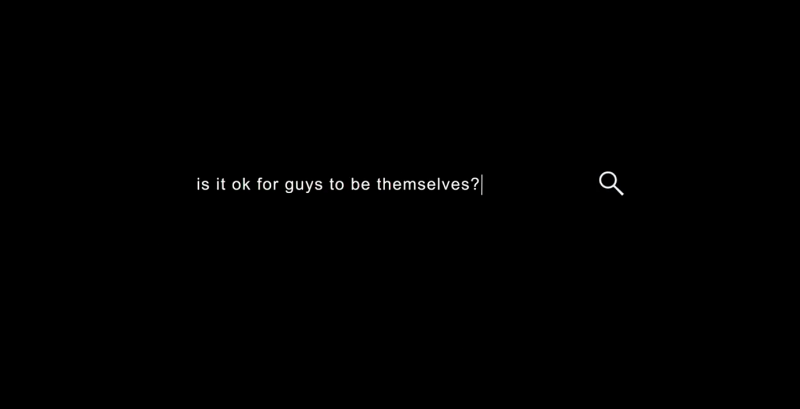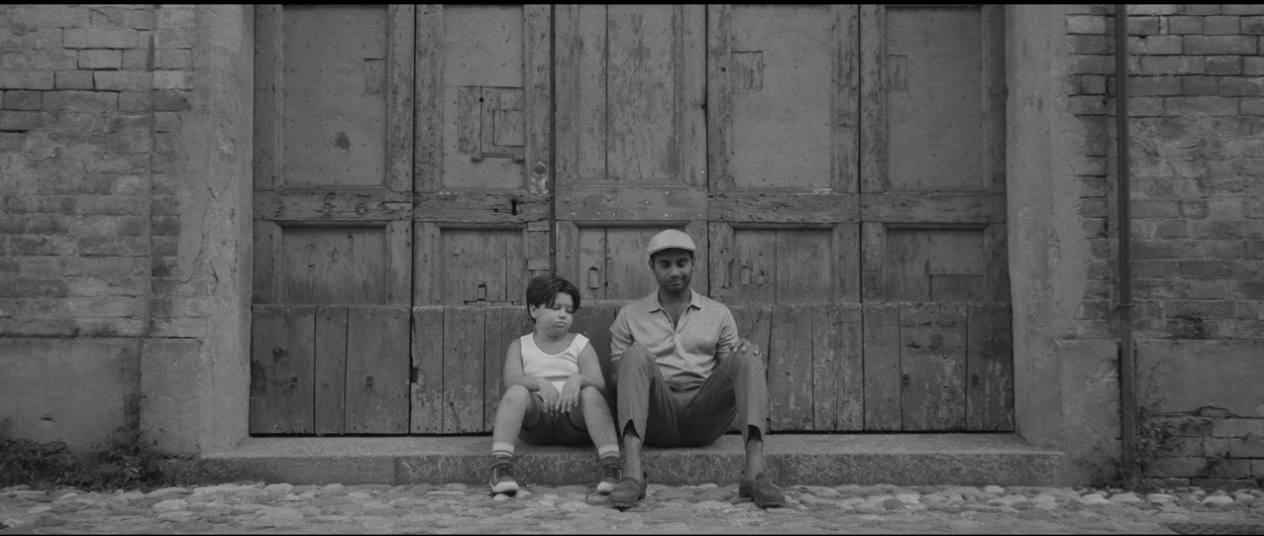This is the full-length version of my entry to Hiive's BFI Film Festival critic competition.
The industry demands instant reactions – faster than ever, it seems. But I think it's important to take time to reflect on important topics like this, and how a filmmaker has chosen to approach it. So here are my considered thoughts, almost two months after I saw the movie. There is much more to say.
Is there a more controversial topic than race today? The repeated abuses of power, systemic prejudice, ingrained privilege… A bold choice for Oscar-winning director Kathryn Bigelow, whose two previous films – The Hurt Locker and Zero Dark Thirty – have been criticised for their questionable degrees of accuracy and propaganda respectively. She herself, has asked: ‘Am I the right person to tell this story?”
What Bigelow does do well on screen is tension, probing the male psyche in moments of heightened conflict. This time round, she drops us in the pressure cooker of Detroit in July 1967 where relations are at breaking point. We see a 12th Street drinking den raided and locals fighting back as police tighten the noose on black liberty.
So the fuse is lit for a five-day series of riots in which 43 people died, 1,183 people were injured and more than 2,000 buildings were damaged or destroyed. The film’s critical moments play out in an annexe of the Algiers Motel, a seedy nightspot where three unarmed black teenagers were shot dead on the same night.
These facts are beyond dispute. What’s not so clear is who pulled which trigger, why and, to some extent, when. Instead, screenwriter Mark Boal and Bigelow have used witness statements and evidence to re-enact events from that fateful night. Much of what we see was improvised, the product of actors coming to set largely not knowing their fate. Their unease is palpable.
John Boyega plays Melvin Dismukes, a composed and dutiful security guard hired to watch a store. Then, there’s Larry Read (Algee Smith), lead singer of The Dramatics, who are about to hit the big time. Julie Hysell (Hannah Murray) and Karen Malloy (Kaitlyn Dever) are good-time girls from Ohio, in the wrong place at the wrong time. Anthony Mackie is Green, Vietnam vet just home from the war. There is no one character to root for. As Bigelow puts it, “You don't know who you are going to emotionally invest in. As in life.”
It is shocking to see how quickly things escalate. A prank with a toy gun in one of the rooms is mistaken for a sniper, triggering pandemonium as local and state police, National Guard and 82nd Airborne descend on the area. Inside, a trio of officers led by a Krauss (a chilling Will Poulter) are hell bent on finding a gun so they line up a few suspects and begin to terrorise them. As John Hersey put it in his Pulitzer Prize-winning account, they are then asked to play the “Death Game” – with tragic consequences.
During that harrowing 45-minute sequence, which took three weeks to film, the viewer is forced right up against the wall beside Larry & co, feeling every moment of fear, helplessness and anguish. Julie Hysell was on set each day and the director looked to her when making these moments as authentic as possible.
Similarly the real-life Melvin was also consulted. But his role as bystander, although effective in conveying that sense of impotence against such systemic brutality, is a wasted opportunity to add more nuance to the character. To what extent was he complicit in the events of that night? In his book Detroit 67, Stuart Cosgrove portrays Melvin as “a sanctimonious man who resents the Dramatics and their flamboyant lifestyle and becomes an accessory to the police violence.” As for Krauss, we can only wonder what made the monster.
Ultimately, justice does not prevail, there is no hero to save the day and only Larry finds minor redemption through the church. But screenwriter Boal says that this is not a story about the power of the individual, “it’s about the power of this rampaging police force to squash individual freedom.”
Bigelow’s hope is that this film will make noise, start a national dialogue and provoke change – Congressman John Conyers’ campaign to end racial profiling being one example. It has definitely stoked the flames. Fifty years on, the struggle continues.








